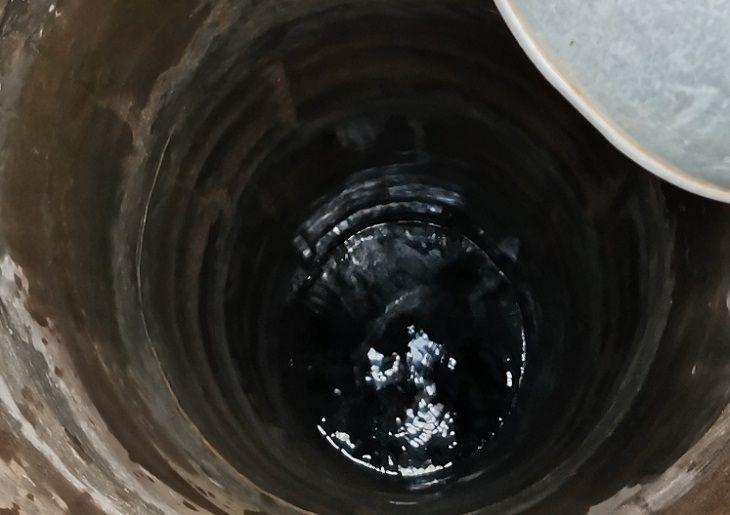Clean drinking water is a vital resource, and many homeowners rely on wells.
But how can you be sure that well water is safe to drink? The answer to this question requires a comprehensive approach and certain knowledge.
Why Well Water Quality Is Important
Many people don't think about the quality of their well water until they encounter health problems.
Contaminated water can cause a variety of illnesses, from intestinal disorders to serious chronic diseases.
Even if water appears clean and tastes good, it is not a guarantee that it is safe. Bacteria, chemical contaminants and heavy metals can be invisible but extremely dangerous to your health.

Main signs of water pollution
Visual and taste cues often provide the first hints of potential problems. The water may become cloudy, have an unpleasant odor or taste.
Sometimes rainbow films or sediments appear on the surface of the water. However, relying on these signs alone is not enough, as some pollutants may be present without visible changes.
Laboratory water analysis
The most accurate method of testing well water is laboratory analysis. Specialists can determine the presence of bacteria, viruses, chemical elements and other contaminants.
To do this, water is taken into special sterile containers and sent to the laboratory. The results obtained provide a complete picture of the state of the water and allow measures to be taken to purify it.
Home Testing Methods
Although laboratory testing is the most reliable, there are also home methods that can help you make preliminary conclusions about the quality of your water.
There are self-testing kits available for purchase from specialist retailers.
These kits typically contain test strips to determine pH levels, water hardness, nitrates, and other parameters.
Despite their simplicity, they can provide useful information about the condition of the water and the need for further analysis.
How to protect your well from contamination
Proper placement and regular maintenance of the well play a key role in ensuring water quality.
The well should be located at a sufficient distance from possible sources of pollution, such as septic tanks, manure heaps and industrial facilities.
Inspecting and cleaning your well annually will help prevent contaminants from getting in. It is important to keep the well lid and walls tight to prevent surface water from getting in.
Water filtration and purification
If laboratory analysis shows the presence of contaminants, it is necessary to install a water filtration and purification system.
Modern filters are capable of removing a wide range of contaminants, including bacteria, viruses, heavy metals and chemicals.
It is better to entrust the installation of the filtration system to specialists who will help you select the optimal equipment and configure it for efficient operation.
Regular water monitoring
Well water quality can change over time, so regular monitoring is essential to ensure safety. Laboratory analysis is recommended at least once a year.
If there is a change in taste, smell or clarity of the water, an analysis should be carried out immediately.
Regular monitoring will help to identify problems in a timely manner and prevent their negative impact on health.
Earlier we told you how to remove a ketchup stain.








